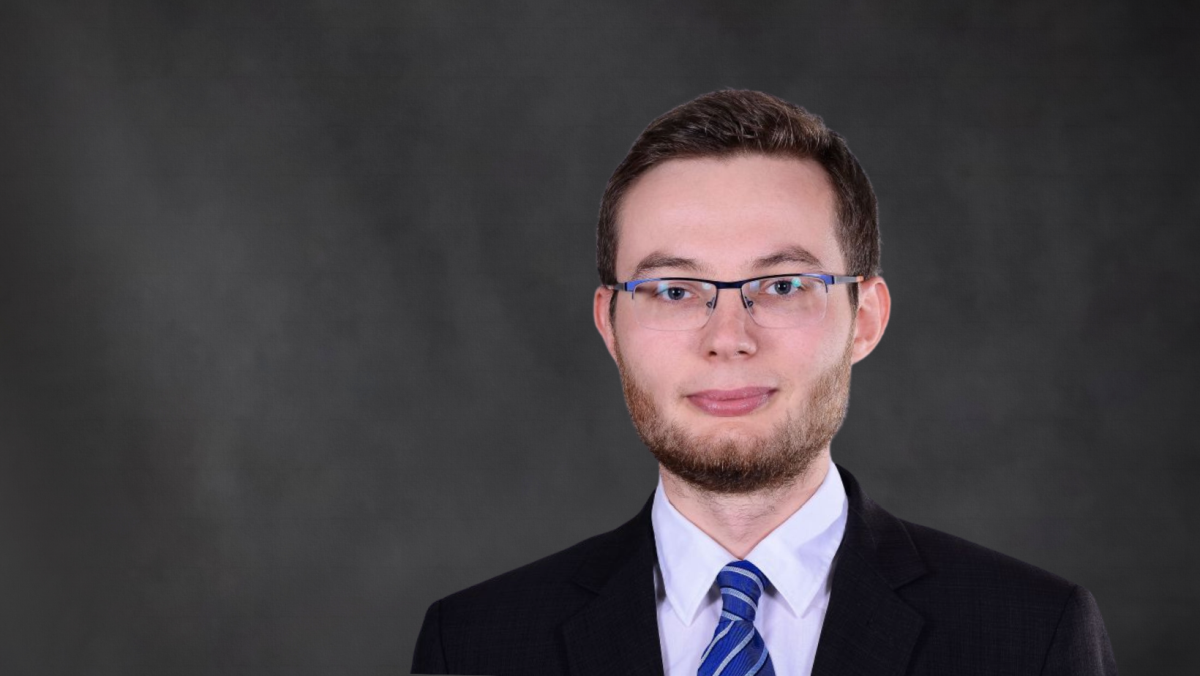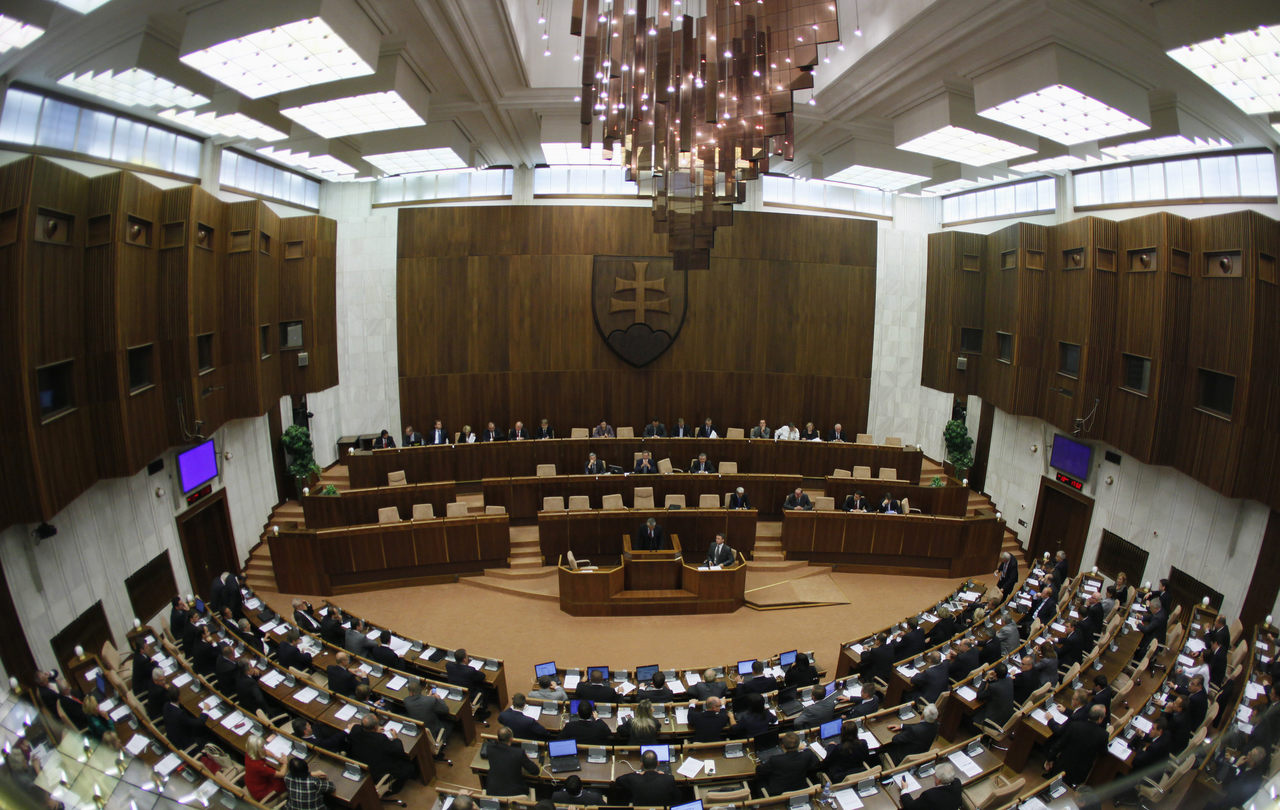Spectre of Radical Changes: Slovakia in Flux Ahead of National Council Elections
Scheduled for 30 September, early elections to the unicameral National Council will lead to a change of power and the defeat of the right-wing liberal parties that have co-governed Slovakia in recent years. Regardless of the composition of the future government, Slovakia will become a more difficult partner for Poland than before. If the nationalist-left Smer-SSD party co-governs, complications will arise regarding cooperation in eastern and security policy. The coalition formed around the liberal Progressive Slovakia (PS) may, in turn, make cooperation within the EU more difficult.
 RADOVAN STOKLASA / Reuters / Forum
RADOVAN STOKLASA / Reuters / Forum
Election Prelude
Slovakia since December last year has been governed by cabinets that do not have the support of the parliamentary majority. Establishment of a technical government in May this year, as a result of the resignation and subsequent collapse of Eduard Heger’s government, also did not ease the intensity of the political dispute. It was manifested, for example, in the pre-election punch-up between the former prime minister (2020-2021) and leader of the Ordinary People and Independent Personalities (OĽaNO) party, Igor Matovič, and the former minister of Internal Affairs in the Smer government, Robert Kaliňák.
The election campaign has focused on the economic situation, migration, and the Russia-Ukraine war. The economic slowdown that has contributed to a decline in income (since 2020, from 74% to 72.5% of the EU average) is exacerbated by persistent inflation, the highest in the euro area and the third-highest in the EU at 9.6% in August, year on year. In turn, the greater impact of migration topics in the campaign is due to, among others, an increase in irregular crossings of the borders of Slovakia, mainly from Hungary via the Balkans route. According to data from September from the Ministry of Internal Affairs, this year such crossings have numbered more than 27,000, which is nine times more than in the last year. In the assessment of the Russian aggression against Ukraine, Slovak society and the political class are clearly divided, which favours pre-election polarisation.
Smer-SSD is the Favourite
Smer-SSD has enjoyed the greatest public support almost since the beginning of 2023 (in various polls from September this year, it is about 19-25%, which would not give it an independent majority in the 150-seat National Council). Robert Fico, the party’s leader and the longest-serving prime minister in Slovak history (2006-2010 and 2012-2018) rebuilt public trust in him after his resignation, which was a consequence of the political crisis resulting from the murder of investigative journalist Ján Kuciak. According to an Ipsos survey from mid-September this year, Fico ranks first among those that Slovaks see as prime minister (22.8%).
Smer-SSD presents expressive electoral demands. In economic matters, it advocates for the need to increase state interventionism and for generous social policy. It criticises the U.S. for supporting Ukraine and blames it for sparking the war, repeating Russian propaganda. Like the Hungarian government, the Slovak party questions the effectiveness and justification of the sanctions imposed on Russia. In its programme, it emphasises “respect for non-democratic countries” such as China. It regularly criticises EU institutions, although it was during a Smer-led government that Slovakia joined the eurozone (in 2009), and the party also proposed bringing the country closer to the “core of the EU”. Smer-SSD also announced a return to intensive Visegrad cooperation, such as that seen during the migration-management crisis of 2015.
Thanks to a specific message, Smer-SSD has been most effective at reflecting society’s dissatisfaction with the economic situation and fears about the effects of the Russia-Ukraine war. These topics are also taken up by other extreme parties, thanks to which they are gaining in the polls, including the fascist Republika (polling at 5-9%), which also announced it seeks a referendum on Slovakia’s continued membership in NATO, as well as the Slovak National Party (5-7%). Together with Smer-SSD, they demand a restrictive migration policy, which is reflected in the postulate to restore control on the border with Hungary. These parties are also supported by public dissatisfaction with state institutions. According to an Ipsos survey from May this year, only 18% of Slovaks were satisfied with the functioning of democracy (for comparison, 31% of Czechs think so).
Moderate Groupings
The main opposition to Smer-SSD is the liberal PS (15-20%). This was possible, on the one hand, thanks to changes in the latter party after its electoral defeat in 2020 (the coalition formed around PS did not exceed the 7% electoral threshold), including in its leadership (since May 2022, the leader of PS has been Vice-President of the European Parliament Michal Šimečka). On the other hand, it contributed to wasting the political potential of those moderate parties that co-ruled after the last parliamentary elections, including OĽaNO (currently at 5-10%) and Freedom and Solidarity (4-7%). These groups were further weakened by splits, including the departure in March this year of politicians from OĽaNO, including Heger, to the centre-right, extra-parliamentary Democrats party, currently polling below the 5% electoral threshold.
PS calls for continuation in key areas of foreign policy. It wants, among other things, continued broad support for Ukraine, maintaining sanctions on Russia and strengthening transatlantic relations. It also supports the establishment of a majority voting system in selected areas of EU foreign and security policy.
The social democratic Hlas, third in the polls (10-15%), has coalition potential against both Smer-SSD and PS. With Fico’s party, in addition to the convergence of programmes in, among others, the field of social policy, Hlas has personal connections. Its leader, Peter Pellegrini used to be a political protégé of Fico, and in 2018-2020 he was Smer’s prime minister. Among Hlas’s proposals is suspending military aid to Ukraine on the grounds that Slovakia’s resources are exhausted. The centrist nature of this party also makes it an acceptable partner for PS. A party with similar coalition potential is the populist We Are Family (5%), headed by Speaker of Parliament Boris Kollar. The party, on the one hand, co-governed after the last parliamentary elections in February 2020, and on the other hand, votes on some issues such as migration like Smer-SSD.
Conclusions and Scenarios
After the elections, no single party will be able to form a cabinet on its own. Combined with the reserved declarations of political leaders about possible coalitions, this means a tedious process of post-election negotiations. The situation is complicated by the likely continued fragmentation of the parliament, where there are currently 11 parties and a similar number may remain after the elections. This means that a coalition of at least three parties will most likely be required to obtain a governing majority. The large number of parties teetering on the electoral threshold creates a risk that if they are left outside parliament, a significant amount of the support for them will shift to the winning parties. Although Smer-SSD is leading in most pre-election polls, the high percentage of undecided voters (about 30%) as well as the increasing trend in PS support mean that neither the election results nor the shape of the future government are certain.
The main political division in Slovakia is between Smer-SSD and right-wing and liberal parties, of which PS is in the strongest position. A scenario in which Fico forms a government coalition may come true in two variants, one with the extreme right, or the other with Hlas and We are Family, who have the greatest coalition ability. An alternative scenario is a parliamentary majority built around PS. However, that option is limited by ideological differences with OĽaNO and economic differences with Hlas.
Regardless of the shape of the future government, the elections will strengthen parties with anti-Western and anti-Ukrainian messages. This will influence the government’s actions in the fields of security and eastern policy, even if these parties are not in it. A reduction in aid to Ukraine is likely mainly because of the demand from Hlas, a party that may prove crucial for building a coalition. The Slovak government would only take an openly pro-Russia course if there was a coalition of extreme parties—Smer-SSD with the extreme right.
For the Visegrad Group, co-formation of a government led by Smer-SSD would mean further division, mainly in eastern and security policy, into Czechia and Poland on one side and Hungary and Slovakia on the other. It would be even more doubtful whether political activity could be restored to this format, even as Fico’s party calls for it. The chances of improving Visegrad cooperation are also slim if the coalition is built around PS. In the past, the party was sceptical about both the V4 and cooperation with Hungary and Poland, criticising them for deviating from the rule of law. In such a case, however, Poland would still have an ally in Slovakia in terms of reducing EU ties with Russia. Slovakia under a PS government would also maintain intensive transatlantic cooperation, which is also in Poland’s interests, while a Smer-SSD government is more likely to abandon it.




.jpg)
